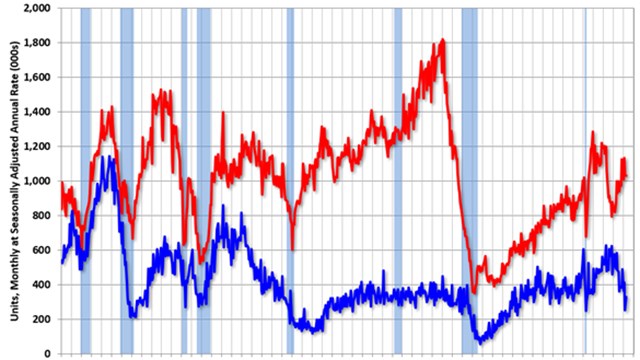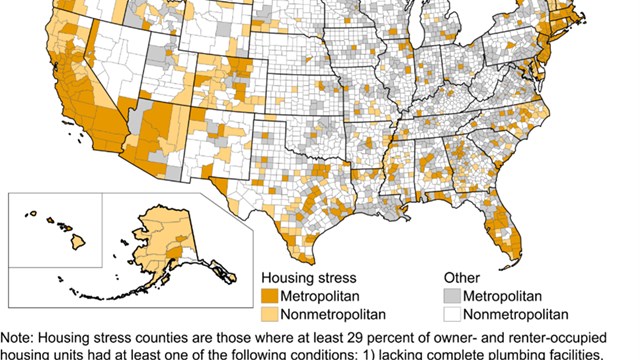By all accounts, 1999 was a banner year for New York real estate. On virtually all fronts, 1999 broke all previous records both in the market in general, and here at William B. May. Prices at every level have increased. Large apartments were in the biggest demand and were being bid up incredibly; townhouses sold in record quantities; new construction, especially of larger units hasn’t been able to keep up with demand; the popularity of one-bedrooms reached an all-time high; and studios also increased in price dramatically, in some cases doubling what they might have sold for just two years previously.
Why? The economy has been doing fabulously; Wall Street is full speed ahead; the dot coms are flush with investor dollars bursting with expectation; and consequently, New York is booming. And in this new economy, there doesn’t seem to be a lid – just when you think there’s a hiccup, Wall Street goes off the charts again.
Company-wise, 1999 was the year in which William B. May sold more large apartments, more townhouses, more studios and one bedrooms, at higher prices than in any previous year. Large apartments, 6 rooms or over were in the biggest demand, with our highest sale co-op weighing in at $13.5 million. We had an average of five buyers for each large prewar apartment we sold. 1999 marked the restructure of our townhouse division, which took off decisively — William B. May sold twice our usual number of properties in this category. In short, a great year.
1999 was a year in which the amount of money generated by Wall Street was so enormous that first-time buyers were walking in looking for six- and eight-room apartments, not three rooms. It was also a year in which increased mortgage rates neither affected the pace of sales, nor the price point at which people decided to buy. There was still plenty of dollars out there to borrow, and the extra money it took to carry the mortgage was not a deal-breaker. In fact, many buyers put down larger down-payments to help speed-up the transaction and facilitate the deal in one way or another.
The city itself expanded further in every direction. TriBeCa expanded with new condo conversions opening on its northern outskirts and new rental buildings such as TriBeCa Pointe opening on the very western edge. Chelsea is moving north and west, with hugely successful residential conversions such as the Chelsea Mercantile, and commercial re-uses such as Starrett Lehigh. People discovered new frontiers in order to find their ideal home.
Finally, the state of the market also had marked effects on the brokerage community — for example, it had the effect of separating the career brokers from the part-timers–gone were the days when a broker could come in for an hour or once a week and still get a deal done. The constant changes in the state of inventory meant that brokers had to know what was going on every second or they would lose the property they were negotiating on for their client. If you weren’t there, you couldn’t really keep up with the changes. And so we saw a shift from the "social" type of broker to the serious, committed career broker.
In the same way that there was a lot of pressure on the brokerage community to be on top of things constantly, there was an equal pressure on buyers to move fast. If they didn’t, another buyer was always waiting in the wings, and the original bidder would lose the deal. 1999 was the year to jump fast and to jump high.






Leave a Comment